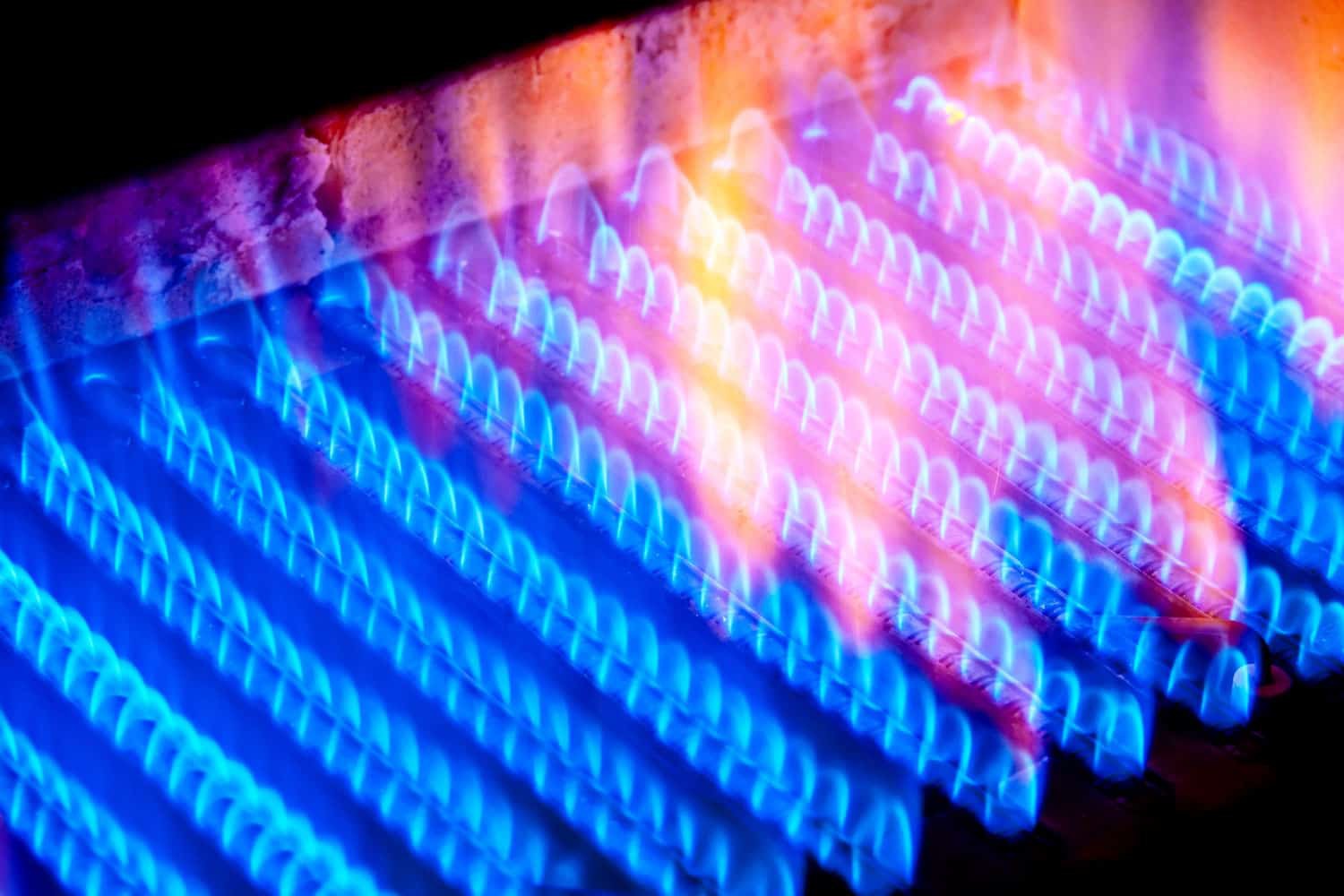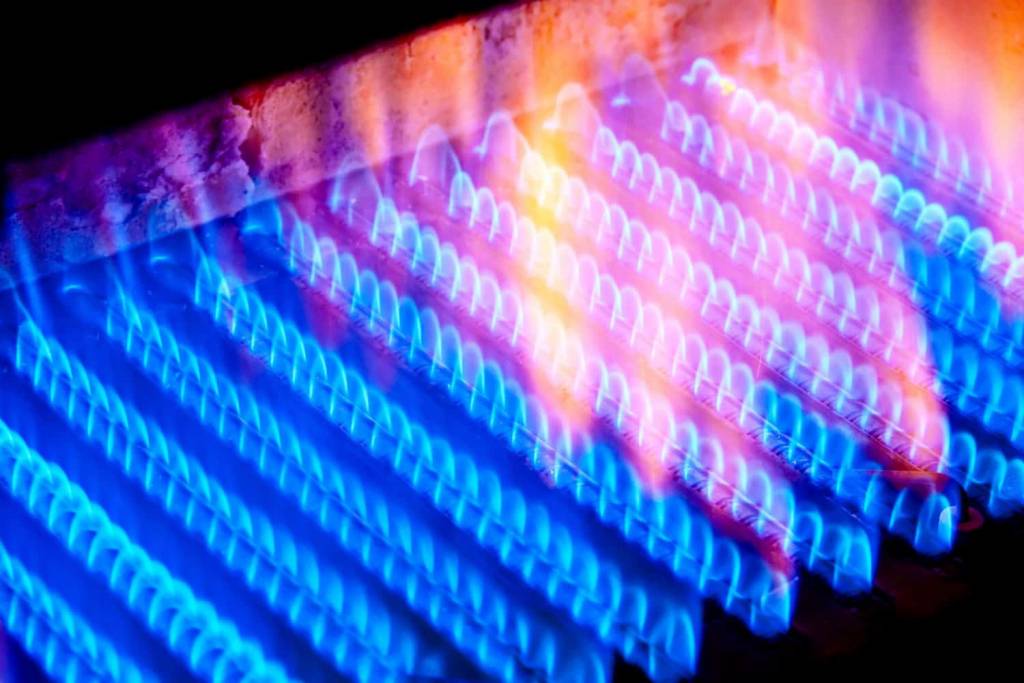Gas-fired units are some of the most common commercial heating systems, and with good reason. With advancements in technology, they are incredibly efficient and reliable. They are also pretty simple systems that are easy to maintain and repair. One of the most significant advantages of gas-fired units is that they are immensely customizable and scalable and adapt to any building to provide the most reliable heating possible.
The Key Components of a Gas Fired Unit
The essentials of a gas-fired heater are pretty simple and have remained essentially unchanged for decades. Here are the key components of a gas-fired unit:
- Burner: This is the most essential part of the gas-fired system. Fuel (typically propane or natural gas) is fed into a series of burners kept running at a steady rate to ensure consistent heating.
- Combustion Chamber: This is the controlled environment in which the burners operate. Combustion chambers are essential for the safety of those relying on the unit and the heater’s efficiency. This chamber can carefully regulate the amount of oxygen in it at all times, allowing for close control of how the fuel burns.
- Heat Exchanger: The exchanger directs the heat generated in the combustion chamber towards air brought in either from outside or recirculated throughout the building. The heat exchanger conditions this air to the desired temperature, and then it is circulated through vent systems within the building.
- Controls: This system allows a user precise control over every aspect of the heater’s functionality. A commercial unit is designed to make sure every part of its operation is controllable, from fuel input to oxygen levels.
- Exhaust Stack: A gas-fired heater inevitably produces harmful emissions that must be safely ventilated away from the building. Because heating units are often easily accessible for maintenance and control, exhaust stacks usually extend far away from the unit itself and open windows or places where people might be.
The benefits of signing up for a proactive maintenance program:
- Improved efficiency: Even though gas-fired systems are remarkably efficient, this can start to lessen if they go unmaintained for too long. As parts wear down or fail, the system becomes strained and requires more energy to do the same job. By keeping your system regularly maintained, you can ensure it is always running at peak efficiency, saving you money in operational costs.
- Increased lifespan: When a unit is kept at peak condition, it keeps its systems from experiencing the strain which comes as things start to break. This ensures that the overall health of your gas-fired heater remains strong, which can significantly increase its total lifespan.
- Quick response: Should something break, customers who choose our proactive maintenance program are guaranteed priority emergency response times for servicing and our preferred customer hourly rate. This ensures that your heater will be getting back to being fully operational in no time if the worst happens.
Decide if a Gas Fired Unit is Right for Your Building – Consult with the Experts at TRI-AIR
Commercial gas-fired heating units do not just come right off the shelf. Choosing the right solution for your building’s specific needs is an important process that requires the expertise of a highly trained and trusted HVAC expert. At TRI-AIR, our team has over 40 years of experience working with building owners and operators across the Greater Toronto area, ensuring that their properties stay warm and safe each winter.
To learn more about commercial gas-fired heating solutions, call 905-470-2424. You can also contact us online to schedule an inspection or testing or discuss other heating and ventilation-related requirements.






